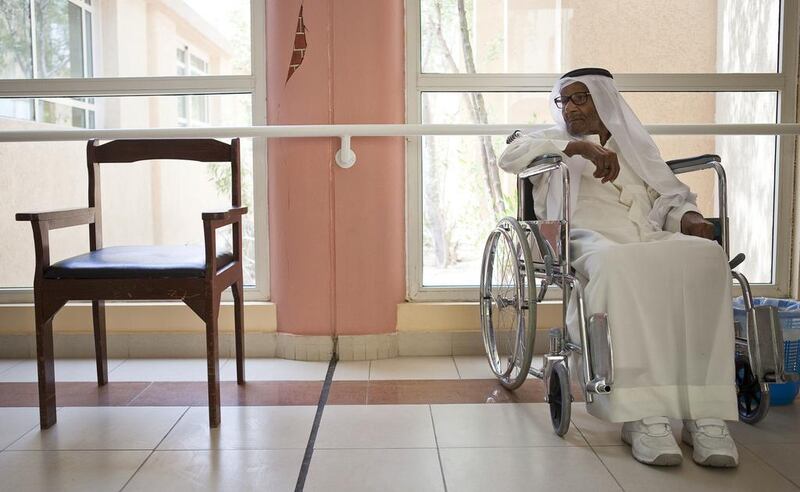Profit-driven economic goals often conflict with the human nature of medical care. But, weak economics would mean that regularly having more than 100 candles on a birthday cake remains a pipe dream.
The economics of potentially increasing humans’ average lifespan – forecasts range from 115 years to a more radical 1,000 years – must make sense before anything else will. There are four key pieces to the financial roadmap that is required to add decades to the current global average lifespan of 71.4 years.
Firstly, living for longer means the cost of “bread and butter” medical care will rise. Copious more accident and emergency services and ambulance fleets, for example, are already required to cope with the United Nations’ expectation that the global population will swell by 30 per cent to 9.7 billion by 2050 and 11.2 billion by 2100. These cost implications will climb further if longevity increases.
__________________________________
Health debate
This is the second of a three part debate about the potential human lifespan.
Read part one: Will living to 150 become the new normal?
Part three: Nicole Sirotin looks at present and future medical advances
__________________________________
Society’s intensifying appetite for health care is accelerating the growth of emerging medical tourism hubs, such as the UAE, which supports the country’s transition into a knowledge-based economy. The Dubai Health Authority has projected an influx of nearly 1.3 million medical tourists by 2021, which is significant considering the current Dubai population is only 2.6 million.
Secondly, the financial strain caused by epidemics – unpredictable by their nature – can be high. The fiscal impact of the ebola outbreak in the West African countries of Guinea, Liberia and Sierra Leone in 2014 totalled more than $500 million (Dh1.8bn), which is nearly 5 per cent of their combined GDP, according to the World Bank. The bank added that the short-term economic impact of the Zika virus epidemic in the Latin American and Caribbean region reached $3.5 billion this year.
As part of a preventive measure against epidemics, 55 countries have joined the US-led Global Health Security Agenda, which was established in 2014. Part of its work includes 17 identified at-risk countries receiving $1 billion in US assistance and a collective commitment by the G7 economies to assist 76 countries and regions.
Thirdly, living for longer will require a steady flow of funds to support increasingly ambitious research and development to create innovative medical technologies. Efforts must also focus on bolstering the efficiency of existing technologies.
Lastly, what happens to the availability and cost of the world’s resources if the average person lives for another 40 years? At today’s population of 7.4 billion, water scarcity has already been flagged by the World Economic Forum as the biggest threat facing the planet. Significant amounts have long been allocated to improving water security, and the global percentage of those with clean drinking water has risen by 76 per cent in 1990 to 91 per cent today.
But, can world governments and financiers sustain this level of investment with a double whammy of natural population growth and the additional pressure of increasing longevity? The same conundrum applies to food security, as the World Bank warns that 50 per cent more food must be produced globally by 2050 at the same time as climate change could reduce crop yields by 25 per cent.
Accessible and robust financial structures, such as private-public partnerships, will be required to meet the intensifying need for efficient, innovative and cost-effective health care. Research published by London-based BMC Medicine earlier this year highlighted that every additional £1 (Dh4.68) of public money invested in the UK’s medical research results in the return of 99 pence of investment from the private sector.
A report from a UN panel in September this year called for life-saving and life-enhancing medication to be made more accessible to different socio-economic groups around the world. It is a valid rally cry, but one that makes financiers’ delicate balancing act a little harder. Most juggle the desire for greater profits against accessible health care well, but an extreme case occasionally highlights the difficulties. This was most recently illustrated by a public backlash against an American company that raised the price of a drug used to treat immune-related diseases by 5,000 per cent.
There are endless complexities to the multifaceted economic structures required to provide sustainable and innovative health care, but figuring out the answers is the only way of giving a stamp of credibility to bullish scientists’ forecasts.
Chris Bagnall is chief underwriting officer and head of claims at Zurich International Life. Free tickets for the World's Fair 2020 Debate Series on The Future of Health, tomorrow at NYU Abu Dhabi, can be booked at thegulfintelligence.com





